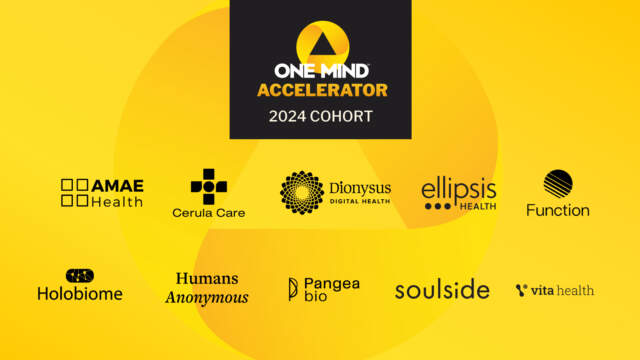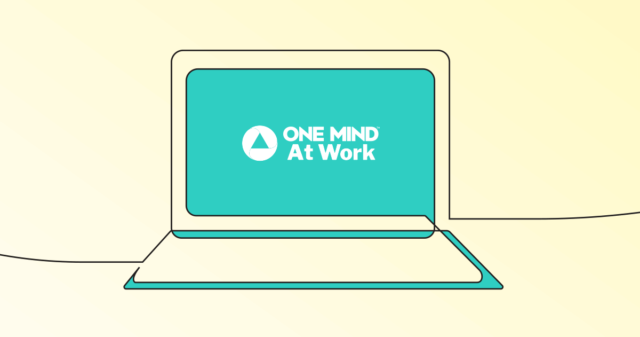For a brief moment last month, workplace mental health finally climbed to the summit of the international agenda. This milestone was achieved when the World Health Organization (WHO) released a historic report that linked the mental health of individual employees to the workplace and issued a blueprint to help organizations worldwide improve the mental health of their people.
The WHO’s report and accompanying policy brief – issued on September 28th – provide a set of evidence-based actions to protect and promote mental health and prevent mental health conditions in the workplace. Both come at a critical moment.
A 2021 Lancet study of 204 countries revealed that Covid-19 generated an unprecedented tsunami of mental health challenges. By the numbers, the pandemic caused 53 million additional cases of major depressive disorder and 76 million additional cases of anxiety disorders. Beyond the personal tragedy, the economic cost is staggering – a $1 trillion a year hit to the global economy according to the WHO.
Those of us who saw the challenge coming are especially energized by the WHO’s bold stance and innovative approaches. Organizations should build on this momentum by putting mental health at the forefront of business agendas and prioritizing funding for effective initiatives.
Recommendations and tactics backed by evidence-based data should guide leadership in measuring progress on workplace mental health over time in order to achieve tangible results. For that reason, Columbia University, Ethisphere, and One Mind, developed a standardized assessment tool – aligned with the WHO’s global guidance and standards – that allows organizations to benchmark their programs and services.
Where should companies start when it comes to implementing the WHO’s guidance?
In its report, the WHO issued 12 recommendations to help align organizations to promote mental health; train managers and workers to identify and respond to mental health challenges; and implement specific interventions to make workplaces more conducive for employee wellbeing. These include:
- Organizational interventions to reduce emotional distress, allow reasonable work accommodations, address challenges related to workload and schedule, and improve communication, teamwork, and work-related outcomes.
- Training for both managers and workers to improve knowledge, attitudes, and behaviors toward mental health; reduce stigma; and enhance the skills needed to seek help and utilize resources.
- Initiatives that promote mindfulness and well-being, such as creating opportunities for physical activity, stress management, self-care, communication skills, and problem solving.
- Steps to help workers return to work after dealing with mental health challenges and welcome more employees who live with mental health conditions.
The WHO’s guidelines are revolutionary both for their novelty and for their use of evidence-based interventions. This is both a strength and an opportunity. Researchers can and should offer recommendations based on the best scientific evidence. But employers can test these approaches in the workplace and provide insights that only practical experience can deliver.
That’s why public-private partnerships are essential to applying scientific research to real world challenges and developing best practices that can be used by organizations worldwide. Furthermore, these best practices have the potential to scale globally to environmental, social, and governance (ESG) frameworks – incorporating mental health, DE&I and neurodiversity. This combined effort can catalyze action, drive change, and deliver the most effective mental health strategies.
The WHO’s historic report affirms that promoting mental health is the collective responsibility of every organization – a deeply held belief that drives all of our efforts at One Mind at Work. By creating and sustaining a more mentally healthy environment, organizations are setting the stage for a new kind of workplace. We look forward to working with organizations seeking to put these recommendations into practice and taking a crucial step to creating workplace where all workers can thrive.






